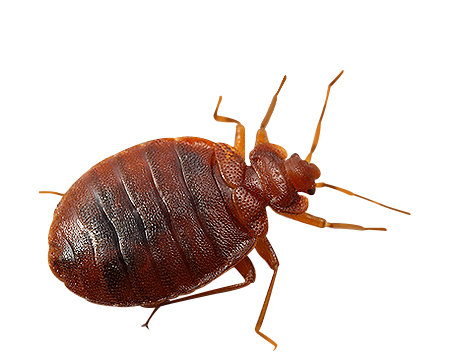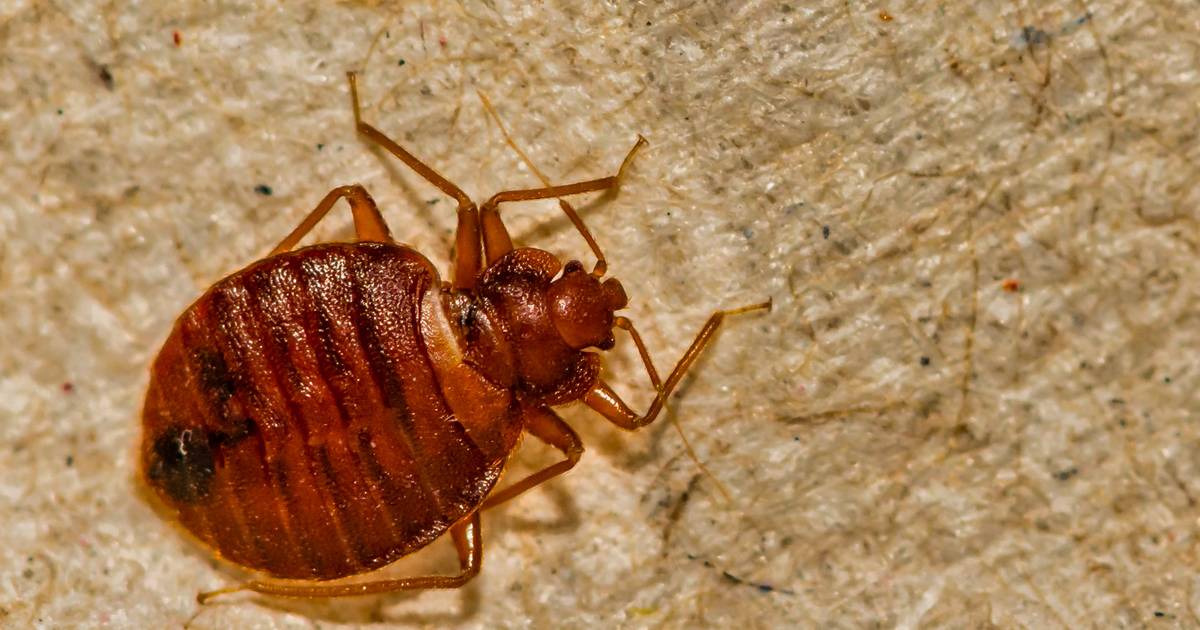Get Informed Regarding the Sorts Of Bug Control Approaches and Their Advantages for House Owners
Recognizing the various bug control approaches readily available to home owners is vital for effective bug management. Home owners who are knowledgeable can make strategic choices that not only address bug concerns however likewise improve the total high quality of their living setting.
Chemical Pest Control Techniques
Chemical pest control techniques are a crucial component of integrated pest administration methods for homeowners seeking efficient options to pest infestations. These methods include the application of chemical compounds created to eliminate or hinder pests that intimidate personal effects, health, and convenience. Usual chemicals made use of consist of insecticides, fungicides, rodenticides, and herbicides, each customized to target details pests.
The primary benefit of chemical bug control is its quick effectiveness; lots of solutions supply immediate outcomes, minimizing pest populations considerably quickly. Furthermore, breakthroughs in chemical solutions have brought about products that are a lot more eco pleasant and have reduced toxicity levels for non-target microorganisms when applied appropriately.

Organic Bug Control Techniques
Natural parasite control methods have gotten prestige as home owners look for safer and a lot more lasting alternatives to standard chemical methods. Organic pest control techniques utilize all-natural killers, parasites, or virus to take care of pest populations effectively. This method is not just eco friendly but also decreases the risk of damage to non-target types, including useful pests and wild animals.
One of the most typical organic control approaches includes presenting all-natural predators right into the atmosphere. As an example, ladybugs can be used to control aphid populations, while nematodes target soil-dwelling pests like grubs. In addition, parasitoids-- microorganisms that survive or within a host-- can be used to manage particular bug varieties by laying eggs inside them, inevitably leading to their death.
One more strategy is using biopesticides, which are stemmed from natural products such as plants, bacteria, or minerals (bed bug exterminator). These items can efficiently target bugs while presenting very little danger to human beings and pets. In general, organic pest control techniques provide home owners with a reliable methods of insect monitoring that aligns with ecological concepts, promoting a much healthier living setting while decreasing dependence on artificial chemicals
Mechanical Bug Control Approaches
Mechanical bug control approaches encompass a range of approaches that literally avoid or get rid of insects without making use of chemicals. These strategies are specifically advantageous for home owners looking for environmentally pleasant alternatives while making sure the safety and security of their home.
One usual technique is making use of barriers, such as catches, displays, and nets, which prevent insects from going into homes or certain locations. For instance, installing home window displays can properly maintain pests out, while making use of physical obstacles around gardens can hinder larger pests like bunnies or deer. Additionally, mechanical catches created for rodents termite problem can capture and remove these bugs without the demand for hazardous compounds.
Another effective technique includes making use of mops and vacuums to remove insects straight from surfaces. Normal cleansing and maintenance can significantly lower bug populations by getting rid of food resources and hiding places. Furthermore, using devices like ultrasonic pest repellents can prevent numerous parasites through acoustic wave that are unpleasant to them but faint to structural pest control people.
Cultural Bug Control Practices
Social insect control methods concentrate on modifying the setting and monitoring strategies to develop problems that are less for pest problems. These techniques are fundamental in keeping a balanced ecosystem and reducing the dependence on chemical treatments. By changing agricultural practices, property owners can properly discourage insects while promoting plant health and wellness.
One usual approach includes crop rotation, which interrupts the life cycles of parasites by altering the types of plants expanded in a particular location (bed bug exterminator). This not just reduces pest populaces yet likewise improves soil health. Furthermore, intercropping-- planting varied plants in distance-- can perplex insects and lower their ability to find their recommended host plants
Water administration is an additional crucial facet of social methods. Appropriate irrigation techniques can stop standing water, which functions as a breeding ground for insects and various other pests. Moreover, maintaining tidiness around the home, such as frequently removing particles and food waste, can significantly minimize pest destination.
Incorporating these social practices right into a detailed insect monitoring strategy enables homeowners to produce a setting that naturally deters parasites, thus improving the performance of various other control approaches while advertising sustainable gardening and landscape design.

Integrated Pest Management Approaches
Integrated Pest Management (IPM) stands for an all natural technique that integrates different techniques to properly take care of parasite populaces while decreasing environmental impact. This method integrates biological, cultural, physical, and chemical techniques to accomplish sustainable bug control. By analyzing pest populaces and their all-natural opponents, IPM emphasizes surveillance and recognizing pests prior to executing control steps.
Among the core concepts of IPM is using thresholds, which establish the degree of insect task that requires treatment. This makes sure that therapies are applied just when scorpion pest control required, minimizing the dependence on chemical pesticides. Biological control approaches, such as introducing natural predators or bloodsuckers, work in combination with cultural practices like crop rotation and habitat adjustment to interfere with pest life cycles.
Additionally, IPM motivates the use of least-toxic chemical choices when intervention is essential, focusing on items that posture marginal danger to non-target organisms and the setting. For house owners, taking on IPM approaches not just boosts the efficiency of insect monitoring but also advertises a much healthier living setting, cultivating biodiversity and reducing chemical exposure. Eventually, IPM equips home owners to make enlightened choices that stabilize insect control with environmental obligation.
Conclusion
To conclude, recognizing the numerous bug control techniques empowers homeowners to make enlightened choices regarding pest monitoring. Each technique-- chemical, biological, mechanical, social, and incorporated insect management-- supplies unique benefits that accommodate different needs and preferences. By choosing proper techniques, homeowners can properly handle pest populaces while reducing health dangers and environmental effects. This informed technique contributes to a much healthier living atmosphere, advertising overall health for households and pet dogs alike.
Recognizing the various insect control approaches available to property owners is crucial for effective bug monitoring.Chemical pest control techniques are an essential component of integrated bug monitoring strategies for house owners looking for reliable solutions to pest infestations. In general, biological bug control strategies offer house owners with an effective methods of pest management that lines up with environmental concepts, advertising a much healthier living setting while lowering dependence on artificial chemicals.
Social parasite control techniques concentrate on modifying the atmosphere and administration methods to produce problems that are less favorable to pest invasions.In final thought, comprehending the different bug control techniques equips house owners to make enlightened choices relating to pest administration.